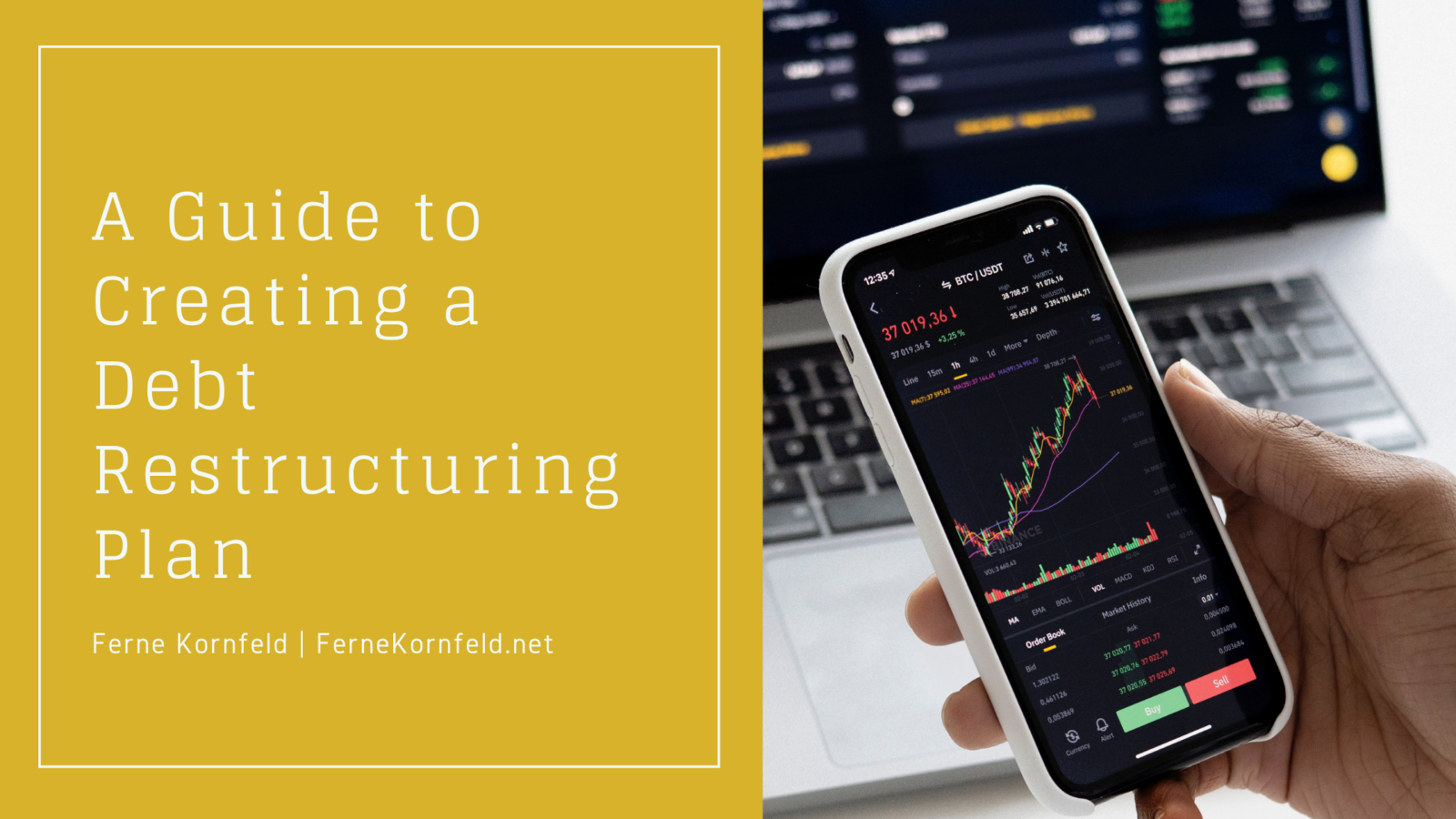There comes a time for many individuals and businesses where the debt becomes too much. Something has to be done, as the debt is rapidly outpacing the income. Don’t worry; this isn’t always the sign of the end for a business.
Businesses can opt to go one of many different routes, including debt restructuring. Debt restructuring is where a company (or entity) refinances its debt/obligations in the hopes of reducing payments and increasing flexibility. In other words, they rebalance the amount due monthly to make things more manageable.
Knowing When to Restructure
Naturally, the first step to debt restructuring is knowing when it is time to seek help. When the monthly bills are more than a company can comfortably afford – or worse, when they are more than a company is earning, it is time to seek a solution such as debt restructuring.
Knowing the Types of Restructuring
There are several different types of debt restructuring. The avenues available will be partially dependent on the debt and on the entity itself. For example, the options for a homeowner will be different from those of a business owner.
Overall, there are several main types:
- Extending the repayment terms
- Reducing the interest rate
- Reducing the remaining balance
- Handling the past-due amounts and making an account current once again
Knowing the Alternatives
Any financial decision should be made following extensive research. Thus, it’s important to look into the alternatives available. Debt consolidation, debt management plans, payment forbearance/deferment, and bankruptcy are all potential options. Each alternative comes with a different set of positives and negatives.
Determining the Debts to Restructure
Once debt restructuring has been decided upon, it is time to decide what debt needs to be restructured. Go through each line of credit and put them into one of three categories:
- What debt must be restructured?
- What debt could be restructured?
- What debt should not be restructured?
Setting a Monthly Budget
Next, it is time to go through the finances once again, with more detail. Figure out the total income for the business. Now, figure out the basic monthly expenses, not counting debt. Finally, it is time to resolve how much money can be allotted to paying off debt every month.
Provide Proof
The final step in this process is to provide all of the necessary proof of hardship to creditors and other financial institutions. This should include a letter of hardship, as well as every piece of documentation available pertaining to the debt and inability to pay.
If this sounds overwhelming, there are professionals that can be relied upon to help out. Many of those out there will provide aid for free, knowing that the businesses that need this help are already in financial stress.
This article was originally published on FerneKornfeld.net


